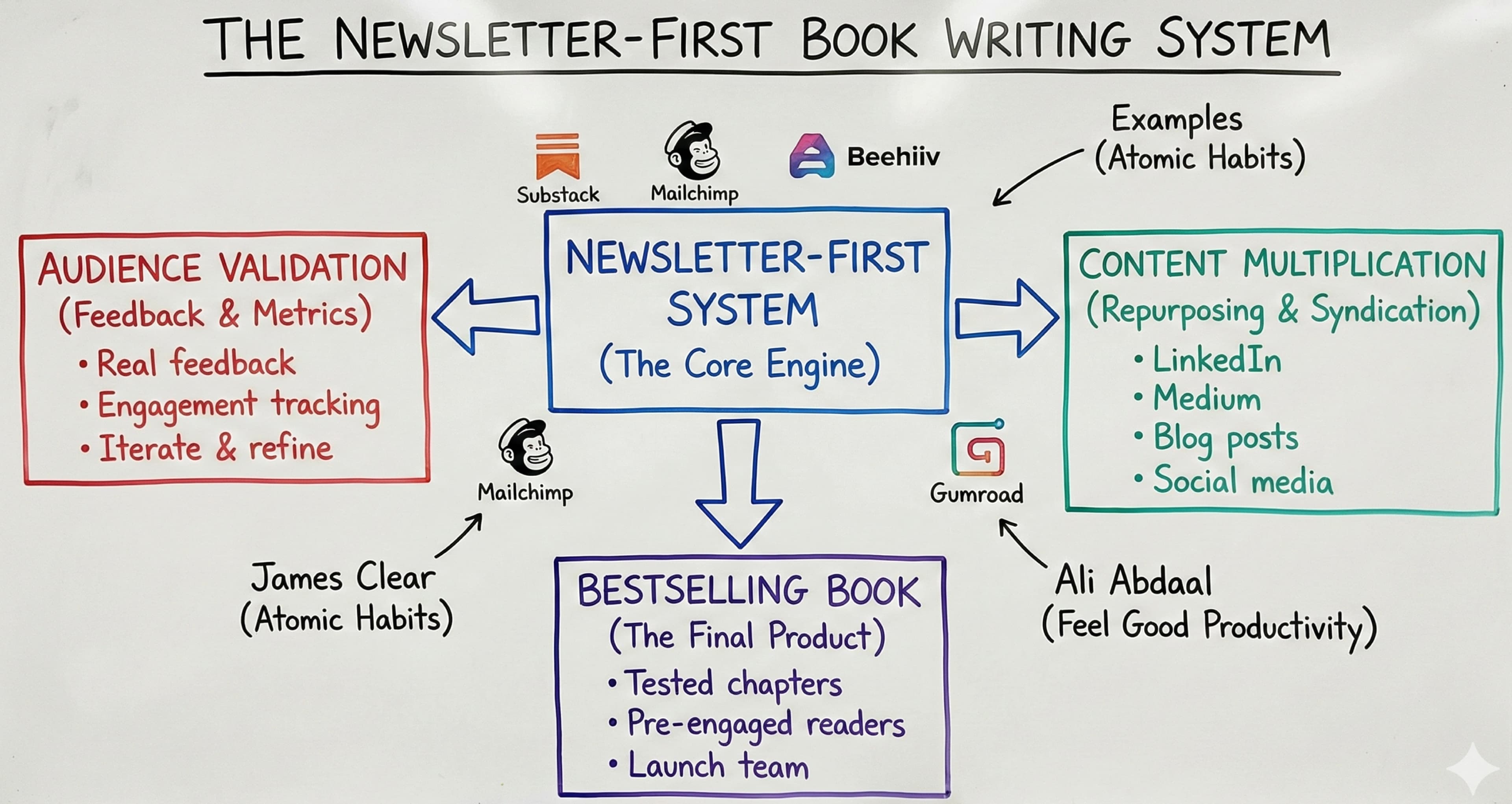Turn Your Newsletter Into a Book: The Creator's Guide to Audience-Validated Publishing
Learn how successful creators turn their newsletters into bestselling books. This proven system validates content while building your audience.
•4 min read
Details
Categories:
Platforms:

Loading content...

